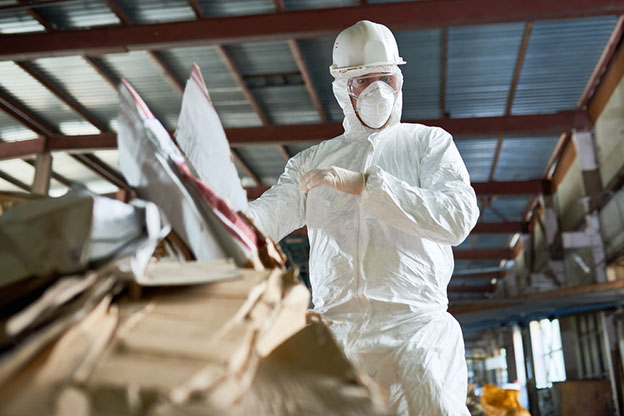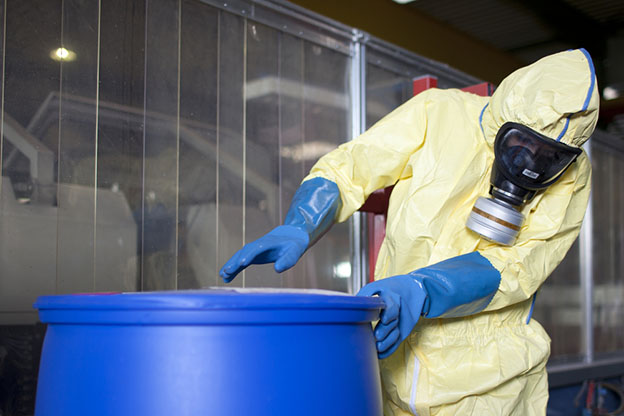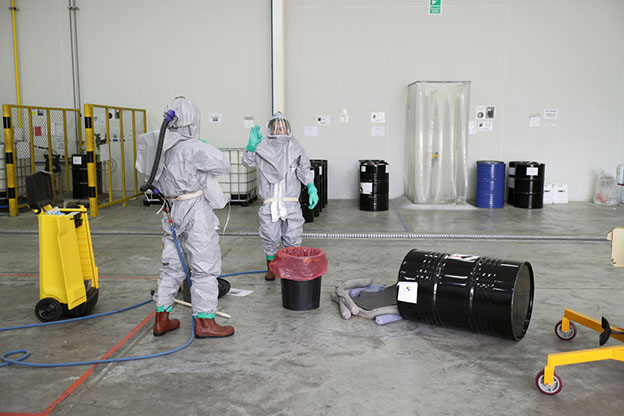
Hazardous materials are a staple of the global supply chain. The U.S. alone receives more than $2,334,425 worth of hazardous materials every year. Companies that ship, handle and store these products need to maintain proper safety protocols at all times. A small error could easily spiral out of control. Leaks, spills and cross-contamination are just some of the concerns these companies may face. Staff members may be exposed to harmful substances. These materials can also severely damage the natural environment, leading to costly fines from the federal government.
If you’re in the hazardous materials industry, use this guide to handle your products with care.
Do Your Research
Every type of hazardous material comes with its own safety requirements and considerations. Some materials may be more flammable than others, while highly acidic fluids and materials may eat away at your storage containers. Familiarize yourself with your products as much as possible before handling these materials. You should know what type of container is best for your products, proper storage and handling conditions and what to do in case of an emergency. Create a safety checklist for each material and share this information with your colleagues.
Find a Suitable Container
Once you understand the materials you’re working with, it’s time to invest in a sturdy, reliable container. Many companies prefer storing flammable or hazardous liquids in an IBC tote. These containers come with highly durable plastic side-walls that keep your products secure during transit. They are encased in a metal cage, so you don’t have to worry about your products slipping or sliding in the back of your vehicle.
Use the built-in tap to quickly and safely dispense your products. You can use the tap to control the flow of liquids so it doesn’t get all over your facility or workers. When it comes to shipping hazardous materials, industrial IBC totes and tanks are the preferred choice.
Thoroughly inspect your containers before putting them back into the supply chain. Watch out for cracks, loose materials, soft spots, indentations and other warning signs.
Label Your Container Accordingly
Choosing the right container is only the first step towards securing your materials. Keep all relevant information close at hand when handling hazardous materials. It’s best to attach laminated safety sheets with safe handling instructions directly to your containers so staff members can quickly go back over this information before handling your products. You should also list the contents, carrier, destination, emergency response protocols and other useful information to reduce confusion throughout your facility.
Update Staff Members
Talk to your staff members about the safety information you’ve collected on your products. Every member of your team should feel comfortable handling your materials without putting their health and safety at risk. Conduct staff training exercises to make sure your team is up to the task at hand. Show them how to use safety gear, if necessary, such as gloves, goggles, hardhats, hazmat suits and other important handling equipment. Keep this information posted throughout your workplace.
Adhere to Hygiene and Cleaning Guidelines
Safety training should also include hygiene and cleaning guidelines. Your employees know how to respond to spills and leaks. If they see some of these materials around the facility, they will need to clean it up as quickly as possible and respond accordingly. They should also know how to clean themselves off after handling these materials to prevent the spread of infection or cross-contamination.
Create an Emergency Response Plan
Despite these safety protocols, mistakes can happen from time to time. Create an emergency response plan to keep your team safe if such an event should occur. This includes keeping emergency exits free and clear of debris. All exits should be properly labeled. Make sure your facility alarm system is working properly.
When prepping your facility, you shouldn’t wait for an actual emergency to occur. Conduct practice drills and evacuations to keep this information top of mind. As you bring on new team members, repeat these exercises to keep everyone on the same page.
Stay Vigilant
At the end of the day, you and your team need to stay vigilant when handling hazardous materials. Your team members should understand the severity of the situation. Everyone should be on the lookout for potential warning signs, including drips, leaks and puddles. Team members should also watch out for one another when handling these materials.
Keep this information in mind to handle hazardous materials with ease.

